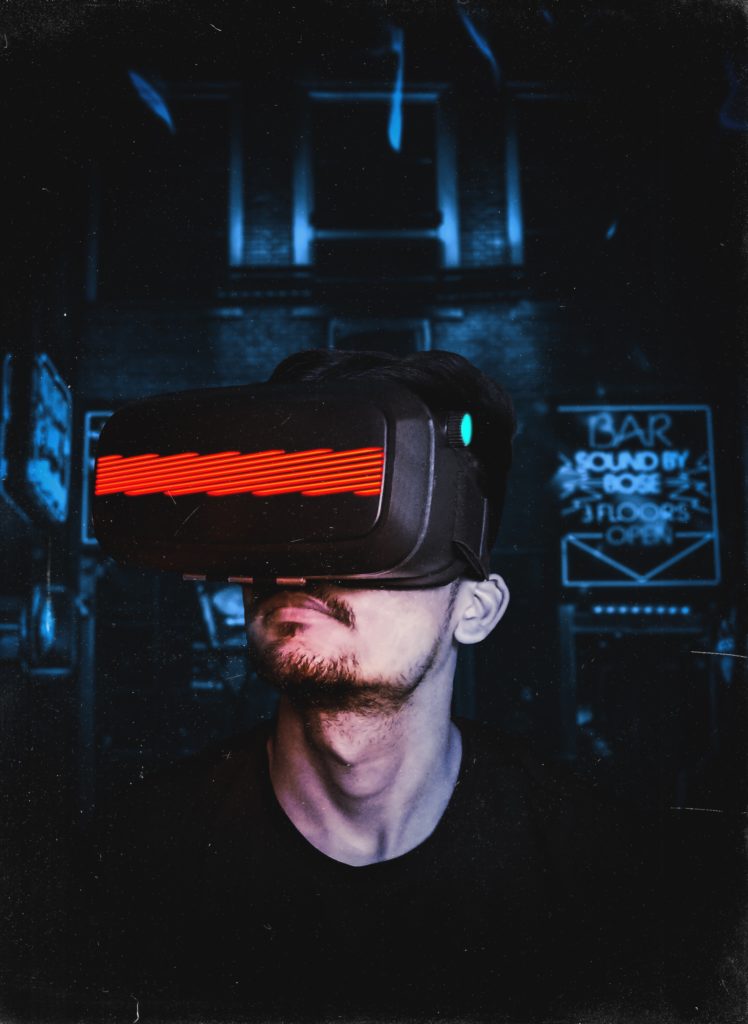What is the Metaverse?
There is no concise definition of the Metaverse, mostly because it’s still being defined. But broadly, you can think of it as the expansion of how we interact in “cyberspace,” whether through AR, VR, or a combination of emerging tech.
The idea of the Metaverse has been around since the 1980s when Neal Stephenson wrote Snow Crash, which described a virtual world called The Metaverse where users could meet up and interact with each other. Since then, there has been an explosion of interest in creating virtual worlds and experiences.
Examples of metaverses include Second Life, High Fidelity and Facebook Spaces. These are all examples of platforms that allow users to create their own avatar or character that they can use to interact with other users in shared virtual environments.
Creators Will Have More Control
Instead of only creating content that is passively consumed, creators will have the ability to dictate how their audience interacts with their content. For example, recreating a digital version of a recording studio.
Content creators are at the forefront of this new era of interactive storytelling. The Metaverse will give them more power than ever to create immersive experiences for their fans. Imagine a world where an artist can accurately recreate the studio in which a single or album was made, thus allowing their fans to explore to their heart’s content.
The power of this new medium is undeniable — it has already begun transforming gaming and social media platforms like Instagram and Facebook into richer environments for sharing ideas and engaging with others. But why stop there? Interactive storytelling is about to go mainstream as creators begin building worlds where audiences can explore at their leisure without any restrictions on time or space.
Apps Bridge the Gaps
Companies like Meta have already launched apps like Polar, which helps creators design and distribute AR effects and filters with no coding necessary.
Meta, for example, recently launched Polar, an iOS app that will help creators design and distribute AR effects and filters without writing code.
AI to the Rescue
With the help of AI, creators will soon have the ability to translate their complex ideas into more actionable content. Think of it like Alexa on steroids. If the metaverse develops into what many are envisioning, the extent to which creators will work alongside AI tools will increase exponentially. AI will help translate ideas that once seemed impossible into realities that many will share.
We’re already living in a time when we have access to AI-powered video editing, AI-assisted images (i.e. Dall-e), and AI-powered music composition. It won’t be long until these are all commonplace.
Loudly is well aware of the shifting tide and has been deep into developing our own AI-powered music studio. Take a look to see what the future of music creation will look like!

